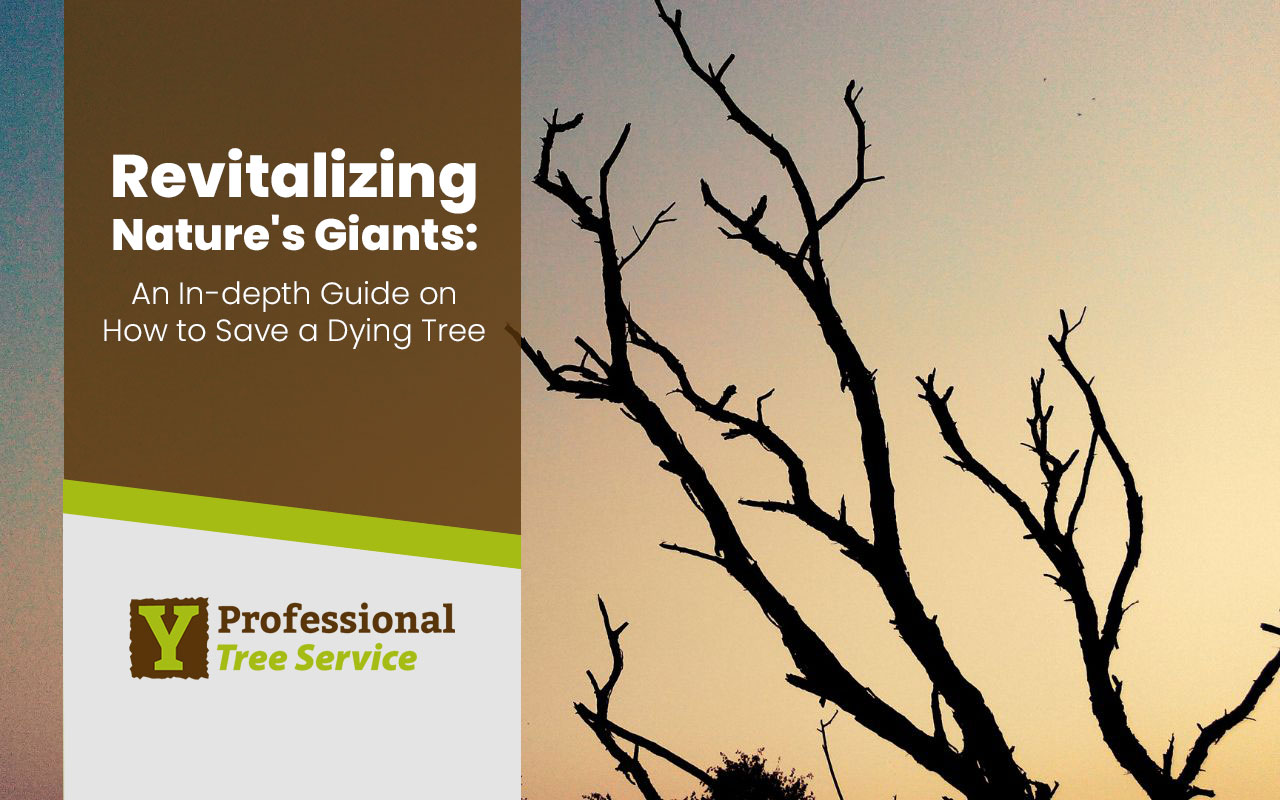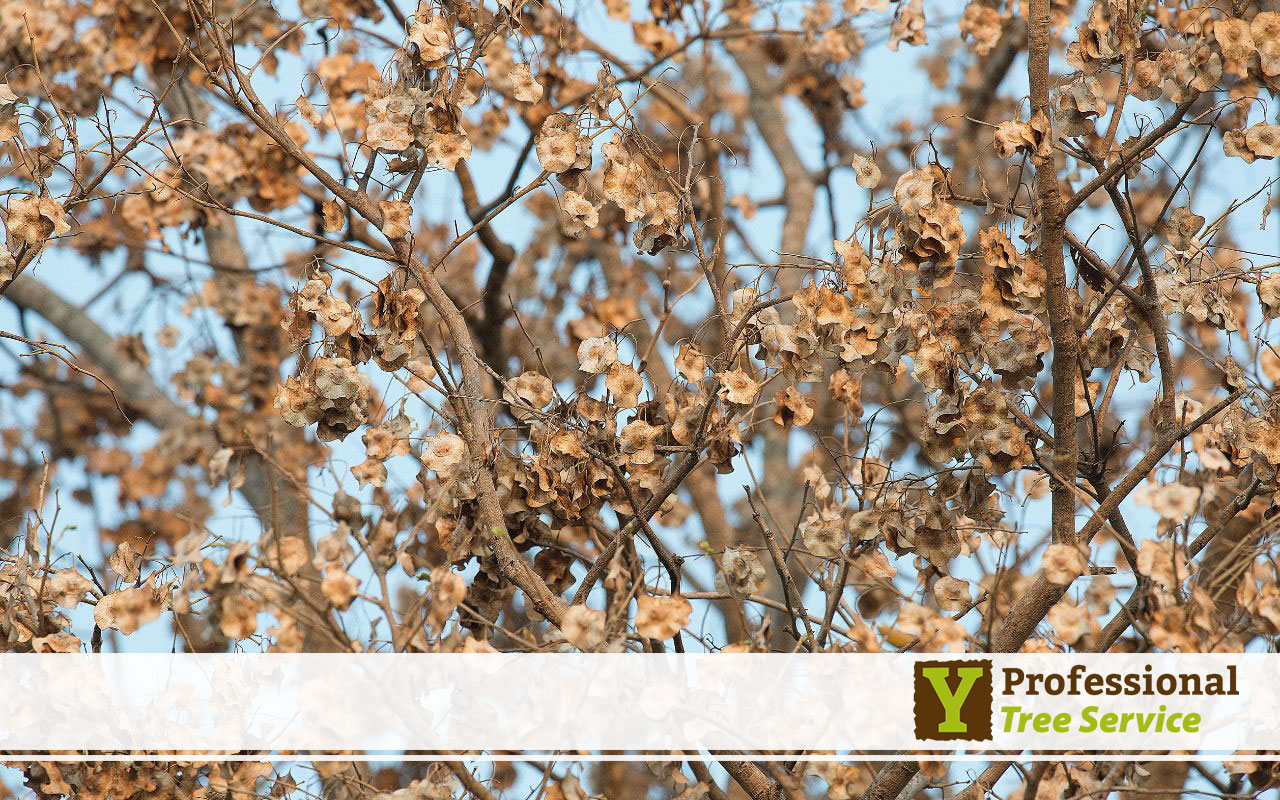
In this Article
Understanding the Basics: How to Save a Dying Tree
Underlying Causes of Tree Decay
How to Diagnose Your Tree’s Problems
Giving Your Tree a New Lease on Life
Creating a Healthy Environment
Frequently Asked Questions About How to Save a Dying Tree
How to Save a Dying Tree – Reviving and Preserving Your Tree’s Vitality
Picture this: You’ve poured heart and soul into nurturing a sapling, only to see its leaves wilt and its bark peel. Before you throw in the towel, understand that there are ways to breathe life back into your dying tree. Our expert guide unravels the mysteries of “how to save a dying tree” and walks you through every step of this restorative journey.
Understanding the Basics: How to Save a Dying Tree
When it comes to saving a dying tree, the first and foremost step is to understand the basics of tree health. From assessing the symptoms to pinpointing the cause, saving your tree begins with acquiring the right knowledge.
Symptoms of a Dying Tree

To save your tree, you need to play detective. Signs of a dying tree can range from subtle to glaringly obvious. Keep a keen eye for these signs:
- Leaf changes: Premature yellowing, falling, or wilting of leaves can indicate a problem.
- Bark abnormalities: Look out for loose, peeling, or cracked bark.
- Fungus growth: Fungi, like mushrooms, may suggest internal decay.
- Branch problems: Dead, hanging, or fragile branches can be a warning sign.
Underlying Causes of Tree Decay
Sometimes, knowing “how to save a dying tree” revolves around understanding why it’s dying in the first place. Here are some common culprits:
- Disease: Diseases can wreak havoc on your tree’s health, and may be the root cause of its suffering.
- Pests: Insect infestations can silently cause serious damage.
- Poor Nutrition: A lack of essential nutrients can lead to the gradual decay of your tree.
- Environmental Stress: Factors like extreme temperatures, pollution, or water stress can be detrimental.
How to Diagnose Your Tree’s Problems
Once you’ve identified the symptoms and understood the possible causes, it’s time to roll up your sleeves and diagnose your tree’s issues. This can be a complex process, and sometimes it’s best to seek the advice of a professional arborist. But here are a few tips to get you started:
- Check for Diseases: Examine leaves, branches, and bark for signs of disease, such as spots, mold, or unusual coloration.
- Look for Pests: Keep an eye out for signs of insect activity, such as holes in the bark or leaves.
- Examine the Soil: Analyze the quality and composition of your soil. A soil test can help you understand if your tree is lacking essential nutrients.
- Evaluate Environmental Conditions: Assess your tree’s environment. Is it exposed to extreme weather? Are there signs of water stress or pollution?
Giving Your Tree a New Lease on Life
Once you’ve pinpointed the issue, it’s time to take action. This is the heart of “how to save a dying tree.”
Treating Diseases and Pests
Diseases and pests can be tricky to handle. Use the following methods:
- Applying Pesticides and Fungicides: Safely applying suitable pesticides or fungicides can control the issue.
- Pruning Infected Areas: Cutting off infected branches can prevent the spread of disease.
Providing Proper Nutrition
Ensuring your tree has the right nutrients is a key part of the recovery process.
- Fertilizing: Use a balanced fertilizer to replenish essential nutrients.
- Mulching: Mulch around the base of your tree to maintain moisture and improve soil quality.
Creating a Healthy Environment
Give your tree the best chance of survival by creating a healthy environment.
- Watering: Make sure your tree receives the right amount of water, but beware of overwatering.
- Shielding from Extreme Conditions: Provide shade, windbreaks, or protective wraps to shield your tree from harsh weather.
Hiring Professional Help
When in doubt, consider hiring a professional arborist. They can provide expert care and advice on how to save a dying tree.
Frequently Asked Questions About How to Save a Dying Tree
- Can a tree recover from disease or pests?
Yes, a tree can recover from diseases or pests with proper treatment, including the use of pesticides or fungicides and pruning of infected areas.
- How can I tell if my tree is lacking essential nutrients?
A soil test can help you determine if your tree is lacking essential nutrients. Signs may include yellowing leaves, slowed growth, or dying branches.
- How much should I water a dying tree?
The amount of water depends on the tree species, its size, and the climate. In general, aim for deep, infrequent watering that moistens the entire root zone.
- Should I always hire a professional to save a dying tree?
While it’s possible to save a dying tree on your own, complicated cases may require the expertise of a professional arborist.
- Can environmental factors be modified to save a dying tree?
Yes, environmental modifications can help save a dying tree. This can include providing shade, using windbreaks, or improving soil quality.
- Is it possible to save a tree that’s already lost most of its leaves?
While a tree that’s lost most of its leaves may be in severe stress, it’s not always a death sentence. With the right care and treatment, such trees can often be saved.
How to Save a Dying Tree – Reviving and Preserving Your Tree’s Vitality
Knowing “how to save a dying tree” involves understanding the symptoms, diagnosing the issue, and applying the right treatments. With diligence, patience, and perhaps a little professional help, you can turn over a new leaf and give your tree a second chance at life.
